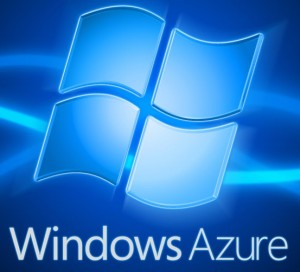Don’t look in the rear view mirror of your F-14 Tomcat, but Microsoft Azure is ramping up its Federal compliance story bigtime! Microsoft has recently announced three major Azure features to support government entities, partners and customers using Azure Government. These announcements formalize that new fact that that complex and secure government and defense workloads can run on Azure Government Cloud. The GovCloud is certified by the US Department of Defense and the US Federal Government.
- International Traffic in Arms Regulations (ITAR) compliance – This supports customers and partners who store and process International Traffic in Arms Regulations regulated data to leverage Azure Government to conform with these data requirements. Azure Government meets the strict location and personnel requirements required under ITAR by restricting access to US persons and storing data in the US.
- Information Impact Level 4 by the Defense Information Systems Agency – This allows all US Department of Defense (DoD) customers and mission partners to leverage Azure Government for controlled unclassified information—data requiring protection from unauthorized disclosure and other mission-critical data including data subject to export control, privacy, or protected health information, or data designated as For Official Use Only, Law Enforcement Sensitive, or Sensitive Security Information.
- FedRAMP High formal award – This formalizes that Azure Government has controls in place to securely process high-impact level data—data that, if leaked or improperly protected, could have a severe adverse effect on organizational operations, assets, or individuals
